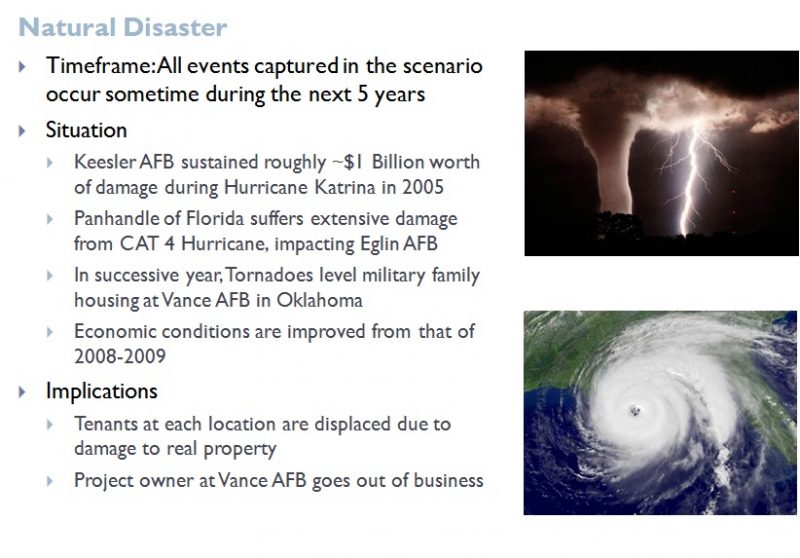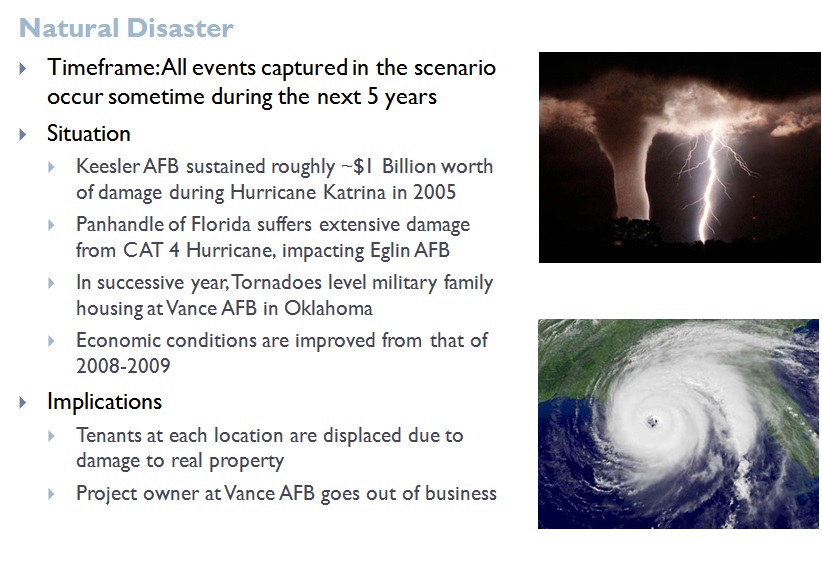Strategic planning, as a structured and systematic process, is successful when it is leader-led and overcomes the five reasons 70% of all strategies fail. Learn how to see your plan through to success. The strategic planning process is where leaders of an organization establish the vision of the organization’s future and then develop and implement the actions necessary to achieve that future. This article expands on the strategic planning concepts addressed in Think Big, Take Small Steps and is designed to help you achieve success in your strategic planning process.
Several weeks ago, I talked about Application of Scenario Planning in Strategic Planning. Then, we discussed the actual building of the potential scenarios to address possible future occurrences. Now, in the Facilitation of an Effective Strategic Plan Offsite, we use scenario planning to generate potential ideas around what an organization should strategically consider.
Let me provide you with an example of a scenario that I used before with military privatized housing.
First, you should develop three to five scenarios that address potential concerns that you identified in the blogs covering How to Conduct an Organizational Assessment. Review them with the senior person you are working with and narrow these down to three. Any more probably is too much.
We’re not talking about aliens landing and capturing market share…focus on potential future events that are based in reality. if you look at the above example, this proved to be a very possible event and raised concerns that the military determined to strategically deal with.
There are two ways to primarily address a scenario. The example above provide the first way and that is to point out a potential vulnerability in current operations allowing the senior leadership to discuss and determine potential ways to mitigate the strategic risk. If the organization already has a mission, vision, and goals, I like to provide scenarios that challenge their current strategy and have them determine if the strategy is still valid or does it need to be changed.
Either way, these are used to promote discussion, which leads eventually action items that I talked about last blog in Building a Strategic Plan from the Bottom Up.
My recommendation is that you have fun with the scenarios, but be realistic. I have found that senior leadership enjoy thinking about the strategic what ifs and discussing them. You just don’t want to do this too much during your offsite, or overuse the approach because the leaders will wonder if the plan is being built off reality or fiction.
So, 70% of all plans fail to some level; however, by following these guidelines you can help ensure your strategic plan will be one of the 30% successes that everyone reads about.


Pingback: Think Big, Take Small Steps | John R. Knotts